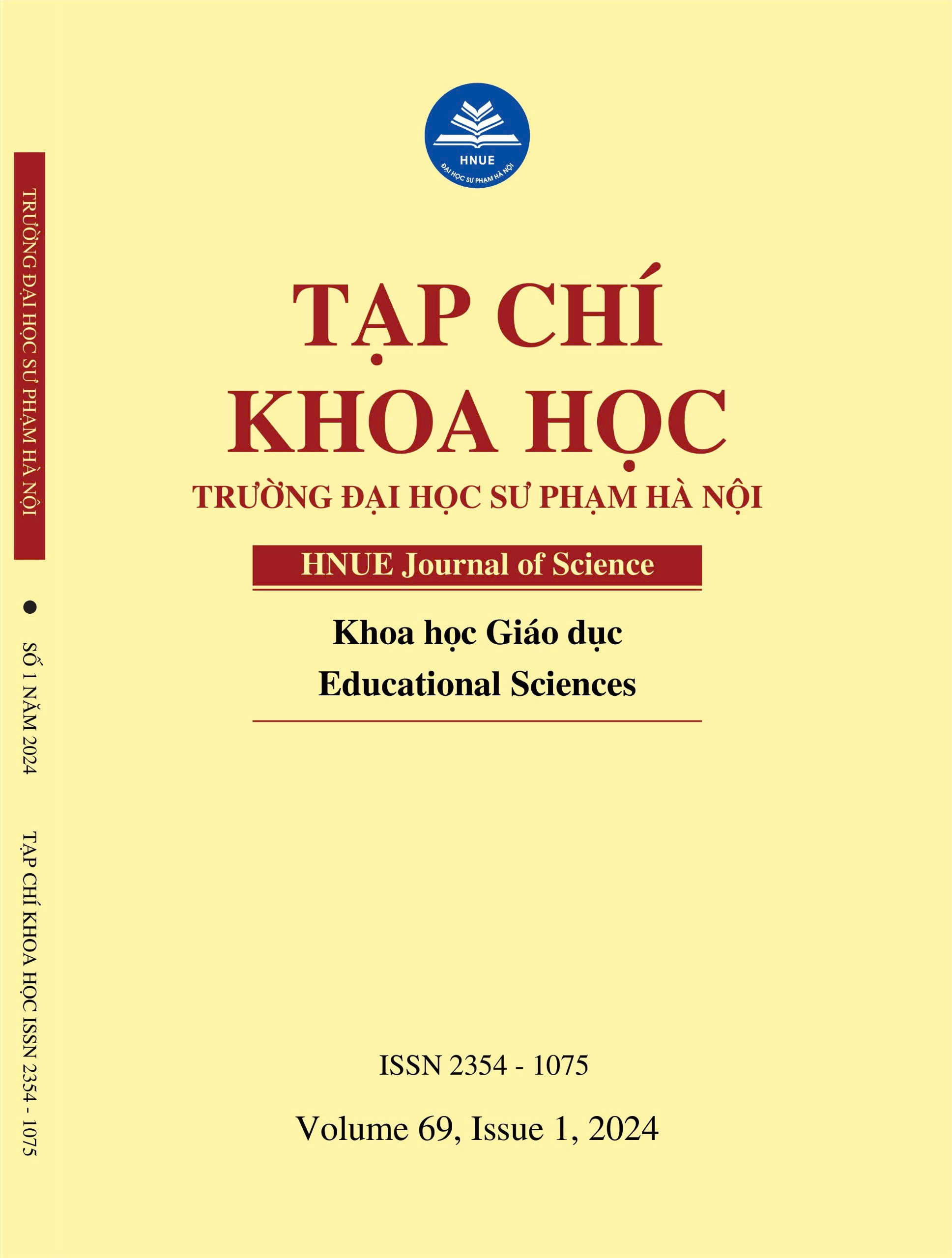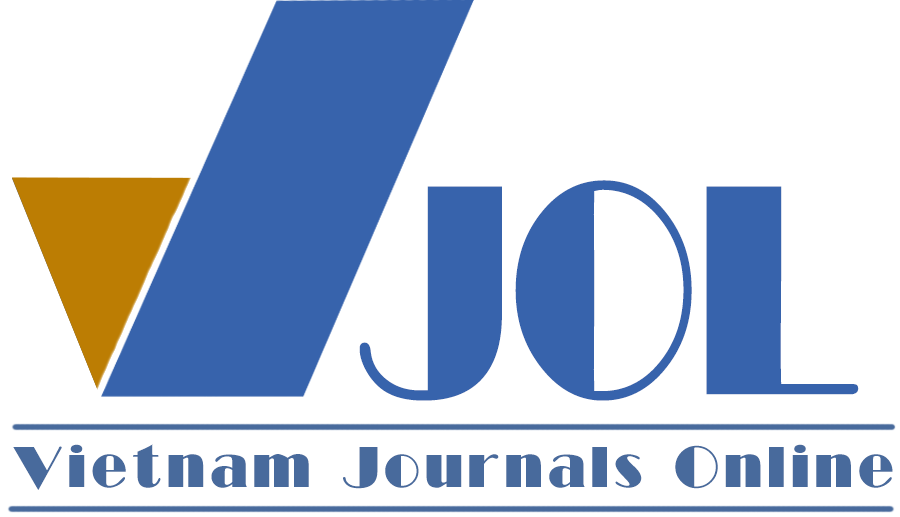DEVELOPMENT OF INSTRUMENT TO ASSESS STUDENT’S SCIENTIFIC CAPACITY FOR TEACHING TOPIC “THE EARTH AND SKY THEME”, SUBJECT NATURAL AND SOCIAL - GRADE 3
DOI:
https://doi.org/10.18173/2354-1075.2024-0010Keywords:
capacity assessment, scientific capacity, capacity assessment instrument, competency framework, standardizationAbstract
The article is based on assessment theory, mainly the theory of Robert Glaser, proposing the process of capacity assessment, designing a scientific competency framework in teaching Nature and Society subjects in primary school, which includes 10 criteria, and each criterion consists of 3 levels. From analyzing the requirements of the topic “Earth and Sky” in the subject of Nature and Society, the research has proposed 6 principles, thereby building a 5-step process to design a set of assessment tools. The assessment, based on student achievement requirements, includes 30 questions and exercises, 10 checklists, 2 rating scales, 3 evaluation sheets according to criteria, and learning record samples. The toolkit, after testing on 34 primary school teachers, has been standardized and developed guidelines for use in assessing students in primary schools.
Downloads
References
[1] NC Khanh, ĐT Oanh, LM Dung, (2014). Kiểm tra đánh giá trong giáo dục. NXB Đại học Sư phạm, Hà Nội.
[2] Bộ Giáo dục và Đào tạo, (2018). Chương trình Giáo dục phổ thông, chương trình tổng thể. Ban hành theo theo Thông tư 32/2018-TT-BGDĐT ngày 26/12/2018.
[3] Bộ Giáo dục và Đào tạo, (2019). Chương trình giáo dục phổ thông môn Tự nhiên và xã hội. Ban hành theo theo Thông tư 32/2018-TT-BGDĐT ngày 26/12/2018.
[4] TTP Thảo, (2019). Thiết kế và sử dụng Rubrics làm công cụ đánh giá trong quá trình dạy học Toán ở trường trung học phổ thông. Tạp chí khoa học giáo dục Việt Nam, 16 (2019), 43-48.
[5] Susan M. Brookhart, Anthony J. Nitko, (2007). Education Assessment of students, Pearson Education, Inc, Upper Saddle River, New Jersey.
[6] HTL Hương, (2018). Xây dựng khung năng lực đánh giá học sinh cho giáo viên Trung học cơ sở đáp ứng yêu cầu đổi mới giáo dục phổ thông. Tạp chí Khoa học – Trường Đại học Sư phạm Hà Nội, 2A(2018 VN), 113-121.
[7] James H. Mc Millan, (2001). Classroom Assessment, Principles for Effective Instruction. A Pearson Education Company, Copyright 2001,1997 by Allyn&Bacon.
[8] Dierick S., & Dochy F., (2001). New lines in edumetrics: New forms of assessment lead to new assessment criteria, Studies inEducational Evaluation, 27(4).
[9] DT Mai (2016). Hình thái đánh giá giáo dục hiện đại và các phương pháp đánh giá năng lực của học sinh phổ thông tại Việt Nam. Tạp chí nghiên cứu giáo dục Đại học quốc gia Hà Nội, 32-1 (2016), 51-61.







